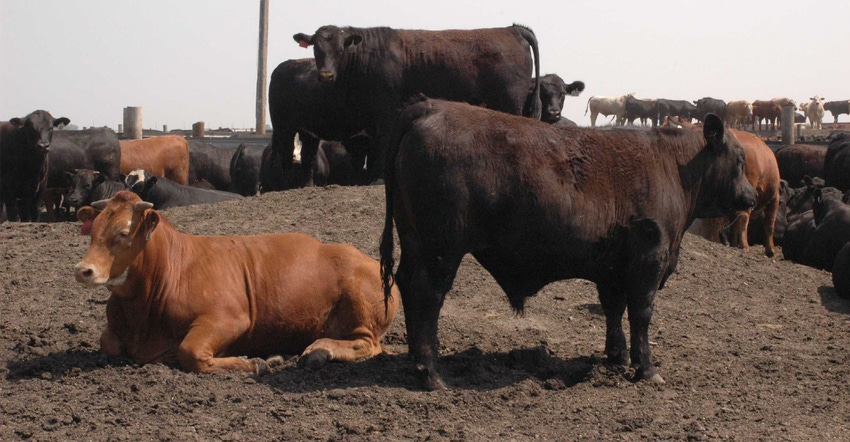June 23, 2017

USDA’s recent announcement that it has reached agreement with Chinese officials on final details of requirements to allow the U.S. to begin exporting beef to China brings cheers from Iowa cattle producers. “With market access closed for U.S. beef to China for the past 13 years, this is welcome news,” says Mike Cline, president of the Iowa Cattlemen’s Association.
For cattle producers, getting U.S. beef into China means increased sales and greater value for the product they work hard to produce, he says. China is home to one-fifth of the world’s population, with a growing middle class that’s larger than the entire U.S. population. These middle class consumers are buying record amounts of protein, and China is becoming one of the world’s biggest importers of beef.
Cattle producers applaud lifting of beef ban
Access to the Chinese market will result in increased demand, not only for common cuts like rounds and chuck rolls, but also for sales of other cuts like tongues, intestines and short ribs. Restoring U.S. beef access to China is one of 10 initial actions of the U.S.-China Economic Cooperation plan. In turn, China has made a commitment to address the current backlog of approvals of new biotechnology traits for import.
The Chinese market has been closed for 13 years due to concerns stemming from a case of bovine spongiform encephalopathy (BSE) occurring in Washington state in December 2003. “With a middle class that’s bigger than the entire U.S. population, China wants meat, and we want U.S. beef to be part of the options,” says Cline.
Having specifications for U.S. beef exported to China is a big step forward. “We’ve been hearing for some time that China would re-open to U.S. beef exports, but until recently, the details were unclear,” says ICA CEO Matt Deppe. “The requirements released by USDA in mid-June give our industry a much better understanding of the nature of the beef products that will be accepted.”
Requirements for shipping to China
The requirements are more stringent than most other international destinations for U.S. beef. The beef must be from cattle that are less than 30 months of age; born and raised in the U.S., Mexico or Canada; slaughtered in the U.S.; and free of growth promotants, feed additives and other chemical compounds including ractopamine.
These requirements may initially challenge some producers and processors, but various voluntary process-verified programs exist that would meet the specifications. “There can be more costs associated with these programs, but there may also be more profit,” says Deppe. “Regardless, the programs are voluntary. It is up to individual producers to decide whether participation in a process-verified program works for them.”
International trade is a priority for ICA. “Beef exports have potential to dramatically increase Iowa cattle producers’ bottom lines,” says Deppe. “Most of the products exported, like tongue, hides and offal, aren’t valued by U.S. consumers and would become waste products without international markets.”
ICA encourages government leaders to expand beef trade through policy agreements. Cline and Deppe will travel to China in July on a trade mission with Iowa Gov. Kim Reynolds to further expand the market for U.S. beef and other ag products.
For information on ICA policy priorities, visit iacattlemen.org.
Source: Iowa Cattlemen’s Association
You May Also Like




